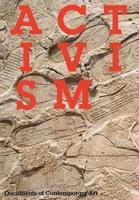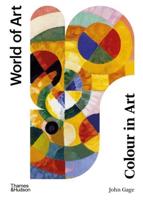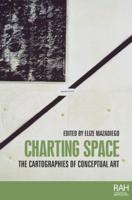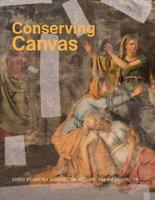Publisher's Synopsis
Excerpt from Catalogue of the Herbert Allen Collection of English Porcelain
Of their productions is unknown. The instability characteristic Of the fortunes of most of the English factories Of the 18th century is due to the circumstance that they were all carried on by private enterprise as commercial undertakings, differing in this respect from the majority Of their contemporaries on the Continent, which were conducted as adjuncts to royal or princely households, subsidised out Of the revenues Of their patrons.
The porcelain bodies produced by the English factories Of the 18th century Show great variety of composition, but With few exceptions belong, like the earlier French porcelains, to the class of soft paste or artificial porcelain, differing from their prototype, the hard paste or true porcelain Of the Far East, and from that Of Meissen and other German factories, in the substitution Of an artificial glassy material known as frit for the fusible natural rock which is an essential ingredient of the latter. Soft paste is fired at a much lower temperature than hard paste the former can be more or less easily cut with steel instruments, whilst they will make no impression upon the latter. The porcelains made at bow, Chelsea, Derby, Longton Hall, Lowestoft and Caughley all belong to the class of soft paste that of W'orcester (in the first period) is Of a similar composition, distinguished by the inclusion Of soapstone (steatite) amongst its constituents. Hard paste was made only at Plymouth and Bristol, and perhaps for a Short time at New Hall in Staffordshire, after the transfer to that place Of the Bristol establishment.
About the Publisher
Forgotten Books publishes hundreds of thousands of rare and classic books. Find more at www.forgottenbooks.com
This book is a reproduction of an important historical work. Forgotten Books uses state-of-the-art technology to digitally reconstruct the work, preserving the original format whilst repairing imperfections present in the aged copy. In rare cases, an imperfection in the original, such as a blemish or missing page, may be replicated in our edition. We do, however, repair the vast majority of imperfections successfully; any imperfections that remain are intentionally left to preserve the state of such historical works.









